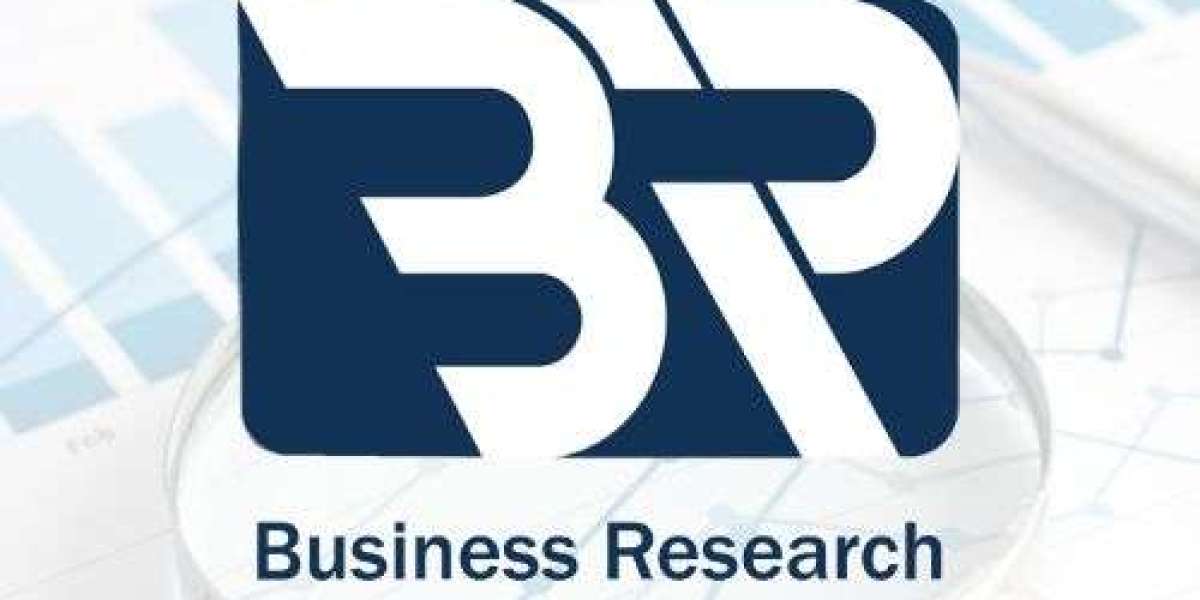Film printing is an art and science that intertwines creativity with precision. Whether you're a seasoned professional or just starting, mastering film printing can elevate your photography or filmmaking to new heights. In this guide, we delve into the nuances of film printing, covering techniques, equipment, troubleshooting, and more.
Film Printing: The Basics
Understanding Film Printing Processes
Film printing encompasses various processes, including enlarging, contact printing, and digital printing. Each method offers distinct advantages and is chosen based on the desired outcome and available resources.
In enlarging, an optical enlarger projects the image onto photosensitive paper, allowing for adjustments in size and exposure. Contact printing, on the other hand, involves placing the film directly onto the photosensitive paper to create a true-to-size print. Digital printing utilizes digital technology to transfer images from a computer directly onto photographic paper.
Exploring Film Printing Techniques
Traditional Darkroom Printing
In traditional darkroom printing, photographers manipulate light, exposure times, and chemicals to bring their images to life. This hands-on approach allows for precise control over the final print's appearance, making it a favorite among purists.
Digital Printing Advancements
With advancements in digital printing technology, photographers now have access to high-quality prints with minimal effort. Digital printers offer convenience and versatility, allowing for quick adjustments and experimentation with different styles and finishes.
Equipment Essentials for Film Printing
Enlarger: The Heart of the Darkroom
An enlarger serves as the centerpiece of traditional darkroom printing setups. Choose an enlarger that suits your needs, considering factors such as format compatibility, ease of use, and available features like adjustable contrast filters.
Darkroom Accessories
Stock your darkroom with essential accessories like easels, trays, timers, and safelights. These tools ensure smooth workflow and consistent results throughout the printing process.
Digital Printing Tools
For digital printing, invest in a high-quality printer capable of producing vibrant, true-to-life prints. Additionally, calibrate your monitor regularly to maintain color accuracy and consistency across devices.
Troubleshooting Common Issues
Overexposure and Underexposure
Overexposure and underexposure are common pitfalls in film printing. Combat overexposure by reducing exposure times or adjusting contrast settings. Conversely, underexposed prints may benefit from longer exposure times or increased contrast.
Color Casts and Tinting
Color casts and tinting can detract from the quality of your prints. To correct color discrepancies, fine-tune color balance settings during printing or post-processing. Additionally, use color correction filters or software tools to achieve accurate color reproduction.
Conclusion:
Mastering film printing requires patience, practice, and a keen eye for detail. By understanding the techniques, equipment, and troubleshooting strategies outlined in this guide, you can unlock the full potential of your prints. Whether you prefer the tactile experience of traditional darkroom printing or the convenience of digital technology, film printing offers endless creative possibilities.









